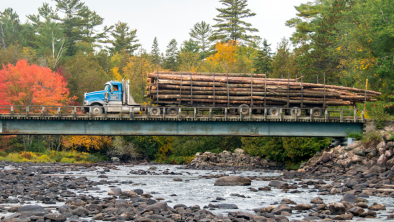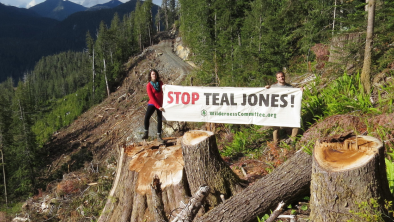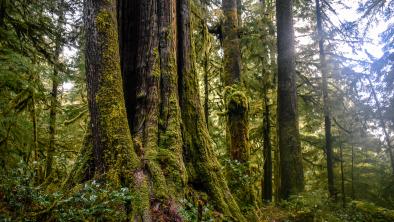Province to ease logging restrictions in Fraser region
Saturday, June 23, 2012
VANCOUVER SUN

The B.C. government plans to relax logging restrictions on about 9,500 hectares of Crown land, including the well-loved getaway of Harrison Lake.
Areas slated for reduced protection within the Fraser timber supply area include upper Stave Lake and Chehalis Lake, as well as upper Harrison Lake. They had been partly protected previously because of their natural beauty.
The planned changes result from an industry-requested review of Crown lands managed under "visual quality objectives" of the Forest and Range Practices Act. The objectives are used to protect all or part of scenic areas and travel corridors for the benefit of communities and tourism. In some cases, logging must follow natural landscape contours, employ selective cutting, or utilize helicopters without road construction.
Lloyd Davies, a visual resource management specialist with the Ministry of Forests, Lands and Natural Resource Operations, said in an interview that industry argued that the upper end of Harrison Lake received fewer visitors than the south end, near the tourist destination of Harrison Hot Springs. They also noted a major landslide had severely damaged three campgrounds and restricted public access at Chehalis Lake in December 2007.
Logging restrictions in upper Stave Lake will be relaxed to bring the level of protection for viewscapes into line with the rest of the lake.
The Vancouver Sun received details of the changes following a freedom-of-information request.
The relaxations in logging of scenic areas is a concern for tourism operators dependent on wilderness viewscapes.
Fraser River Safari in Mission con-ducts scenic boat tours of Stave Lake and would like to see less logging to benefit tourism in the area.
"It is a concern," said company co-owner Jo-Anne Chadwick, noting the situation is compounded by reckless public use of Crown land, including rampant littering. "We are working hard to get people to understand, to connect with nature."
The province plans to make logging less restrictive across 9,453 hectares and more restrictive across 1,200 hectares, mainly to preserve views-capes at Alouette Lake. The difference is 8,253 hectares - an area about 20 times the size of Stanley Park.
Management will not change across another 35,867 hectares.
"We've looked at it and tried to make balances," Davies said.
He noted the province rejected a relaxation of logging requirements in other scenic areas such as along the Coquihalla Highway and Pitt River.
An order allowing the changes is expected to take place as soon as June 29.
Dan Gerak, owner of Pitt River Lodge, said he can support logging that respects the importance of maintaining "visual quality" for tourism operators - something that major clearcuts do not.
"We have seen areas in the Pitt where the company is able to take timber out and leave strips, and from the ground it is hard to see that any-thing is gone. That we are okay with, but not big clearcuts in visually sensitive areas."
Gerak added that face-to-face dialogue is important because the detailed maps provided by forestry are "very hard to understand for the average person that isn't in forestry."


